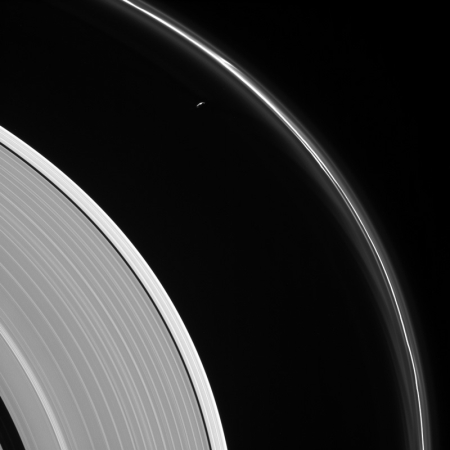Cell towers to the Moon!
Capitalism in space: A startup that intends to land two privately built rovers near the Apollo 17 landing site in 2018 also plans to use basic cell tower technology to relay what the rovers find back to Earth.
Part Time Scientists has a launch contract for late 2018 with Space X as a secondary payload on the Falcon 9 rocket. Becker said the company believes it will be the first private entity to reach the surface of the moon, suggesting that none of the Google Lunar X Prize participants are likely to meet the December 2017 deadline for the competition. (Part Time Scientists itself withdrew from the Google Lunar X Prize earlier this year due to the time constraints of the competition.)
The Falcon 9 will carry the team’s spacecraft, Alina, to the geostationary transfer orbit, a highly elliptical Earth orbit whose highest point is 26,000 miles (42,000 kilometers). From there, Alina will continue on its own to the moon. “We will soft-land on the moon and disembark our two rovers, the Audi Lunar Quatro rovers, with which we are going to drive up to Apollo 17,” Becker said. “The two rovers are essentially mobile phones that will communicate our video stream to Alina, which serves as an LTE base station, and Alina will communicate the data to us,” he said.
What is most significant about this is that even if no one wins the Google Lunar X-Prize this year, it appears that the contest succeeded nonetheless. At least two if not five different companies appear funded and about to launch private rovers to the Moon. Once they demonstrate this capability, they will certainly be positioned to make money offering it to nations and scientists worldwide. For example, NASA and China both want to place probes in remote places on the Moon, near the poles or on the Moon’s far side. If this mission by Part Time Scientists is a success, they will then be able to offer a cheap method for relaying communications from those locations.
Capitalism in space: A startup that intends to land two privately built rovers near the Apollo 17 landing site in 2018 also plans to use basic cell tower technology to relay what the rovers find back to Earth.
Part Time Scientists has a launch contract for late 2018 with Space X as a secondary payload on the Falcon 9 rocket. Becker said the company believes it will be the first private entity to reach the surface of the moon, suggesting that none of the Google Lunar X Prize participants are likely to meet the December 2017 deadline for the competition. (Part Time Scientists itself withdrew from the Google Lunar X Prize earlier this year due to the time constraints of the competition.)
The Falcon 9 will carry the team’s spacecraft, Alina, to the geostationary transfer orbit, a highly elliptical Earth orbit whose highest point is 26,000 miles (42,000 kilometers). From there, Alina will continue on its own to the moon. “We will soft-land on the moon and disembark our two rovers, the Audi Lunar Quatro rovers, with which we are going to drive up to Apollo 17,” Becker said. “The two rovers are essentially mobile phones that will communicate our video stream to Alina, which serves as an LTE base station, and Alina will communicate the data to us,” he said.
What is most significant about this is that even if no one wins the Google Lunar X-Prize this year, it appears that the contest succeeded nonetheless. At least two if not five different companies appear funded and about to launch private rovers to the Moon. Once they demonstrate this capability, they will certainly be positioned to make money offering it to nations and scientists worldwide. For example, NASA and China both want to place probes in remote places on the Moon, near the poles or on the Moon’s far side. If this mission by Part Time Scientists is a success, they will then be able to offer a cheap method for relaying communications from those locations.



